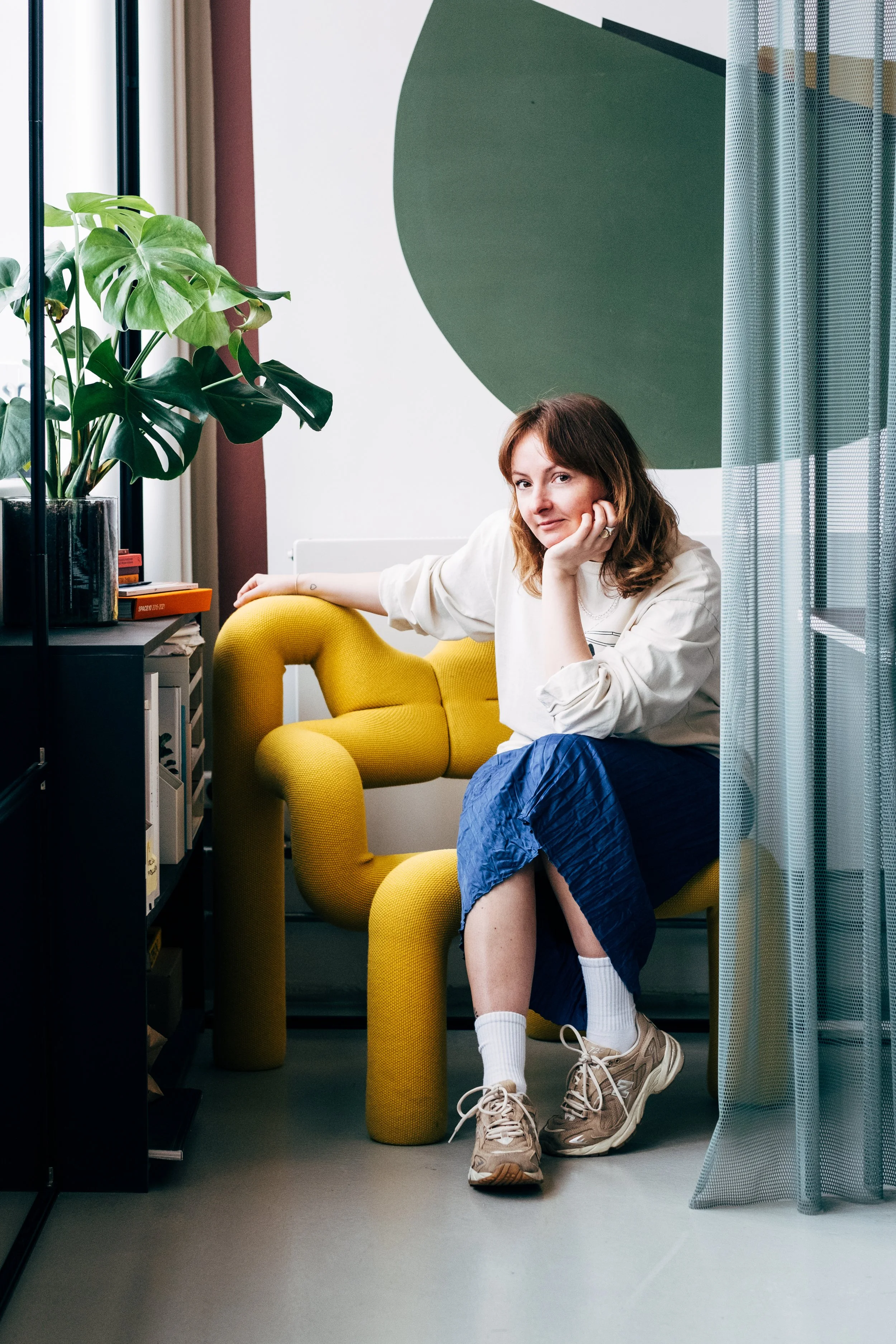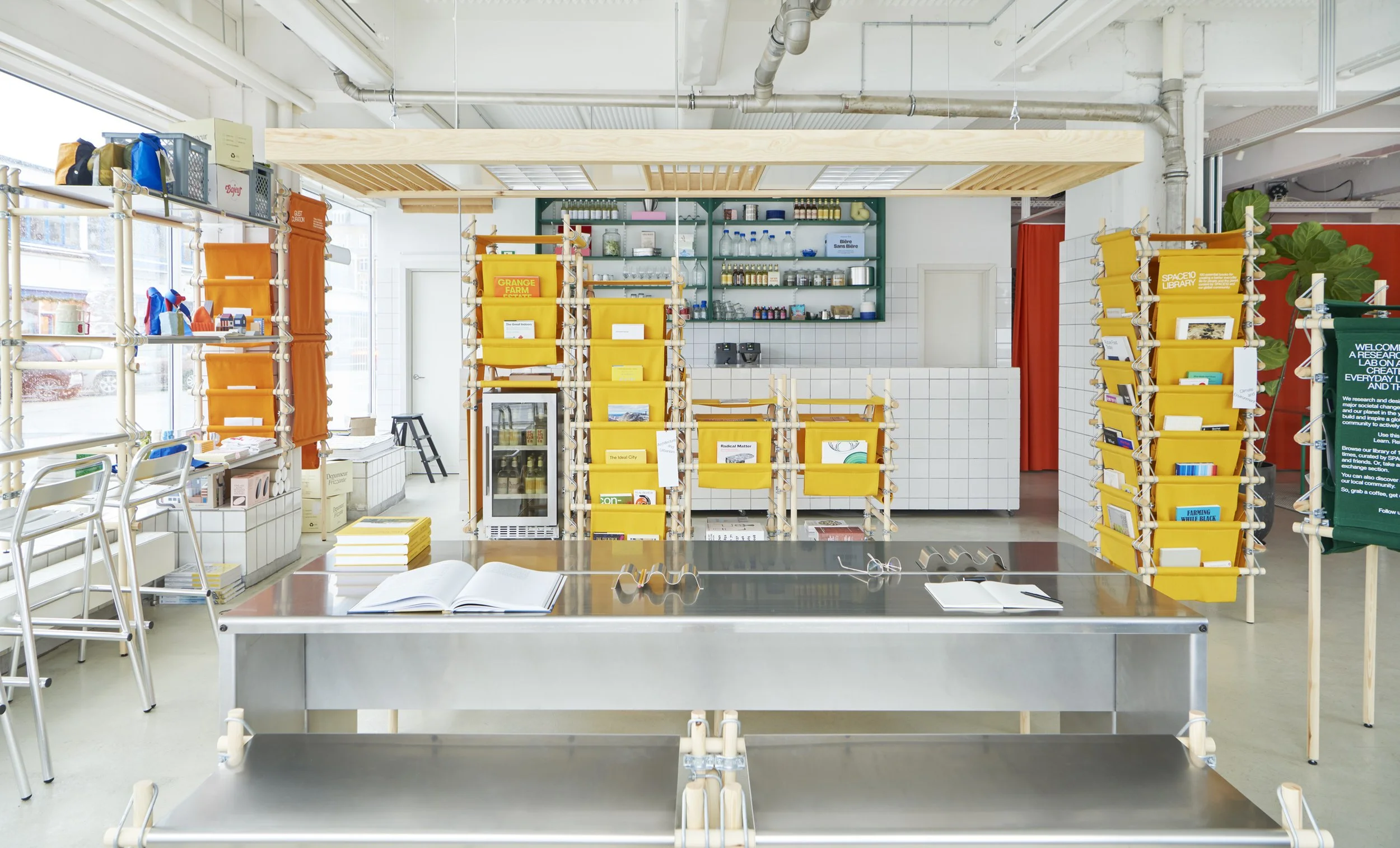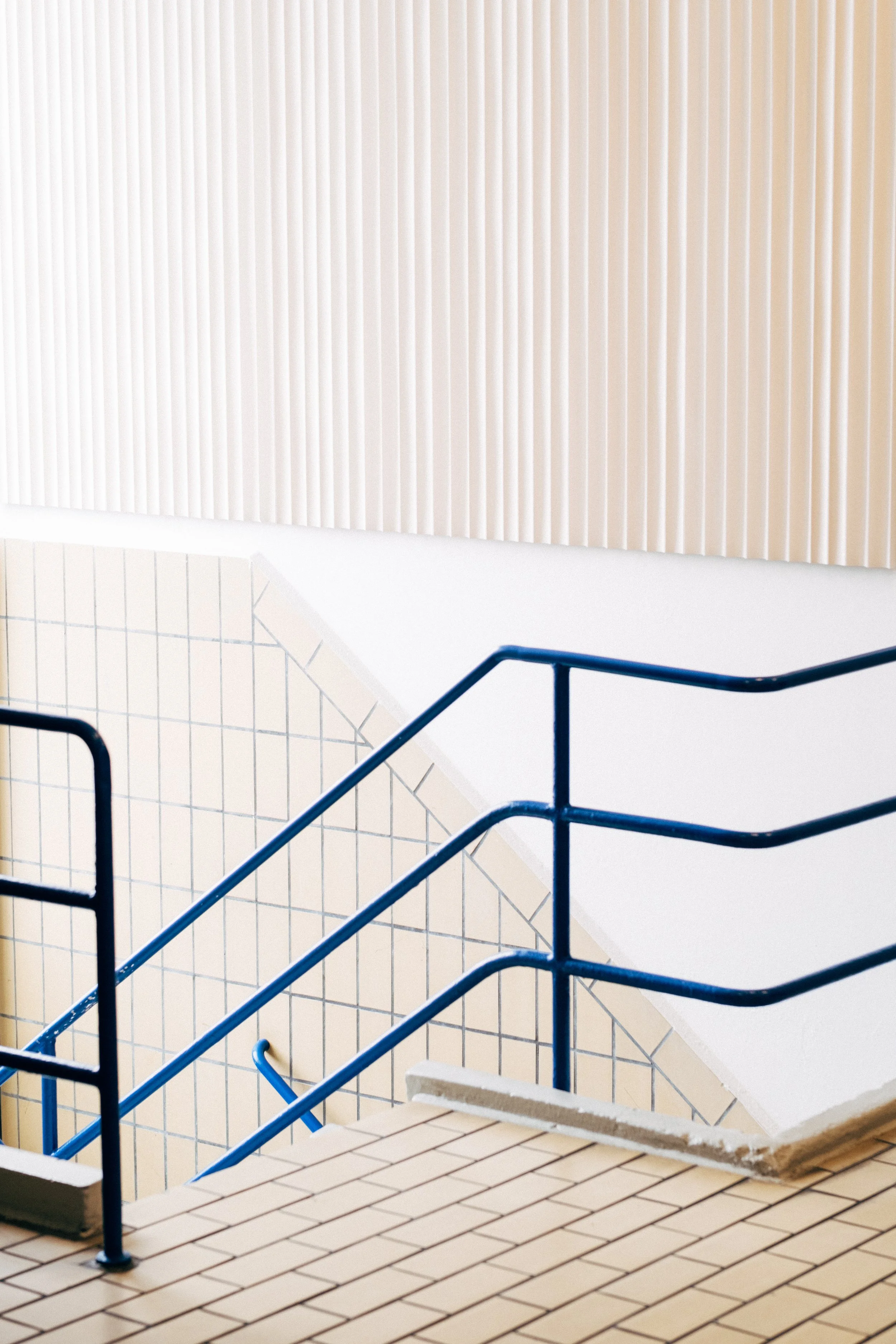An Insight Into Foresight with Kathryn Bishop
What does it mean to design with ‘trends’ in mind? Trends are slippery, fickle things: never ending, always changing, perpetually repurposed. Often associated with the temporary, they’ve got a bad reputation amongst some designers. We’ve struggled with the word ourselves.
But if you take it at its core definition – a general direction in which something is developing or changing – ‘trend’ actually becomes the ultimate barometer for design. A way of putting how people live at the heart of the objects they use and the spaces they occupy.
It’s why we wanted to catch up with Kathryn, who is well-versed in the magic of trend-forecasting. Previously Foresight Editor at The Future Laboratory, she’s now heading up Editorial & Research at Space10, who research and design innovative solutions for some of the major societal changes expected to affect people and our planet on behalf of IKEA.
We’ve been big fans of Space10 for a while, and it felt like good timing to chat with Kathryn, considering our own research into social shifts affecting design that’s informing a new project. We spoke to her about why trends are so important, her work at Space10 and why regenerative design is the next big leap.
You’ve previously worked at The Future Lab and now you’re at Space10. Obviously both places are very future-focused; was that something you were always interested in exploring?
I’m quite curious (read: nosey!) about other people’s mindsets and what drives their choices and behaviours. So naturally, in my early career as a journalist and editor, the articles I found most satisfying to write were centred on consumer attitudes, design trends, new directions in retail, and emerging opportunities therein.
I started penning the odd report for trend forecasting consultancies, and later landed a role working at The Future Laboratory. There, I honed my foresight and forecasting skills, eventually leading their brilliant foresight team and trends platform for a few years. We produced trend articles and reports for brands exploring the future of many intersecting sectors, from design and luxury, to youth culture, wellness, and food and drink.
When Covid hit, my interests shifted to how our homes and cities were flexing and adapting to our new needs — and how they might function to better support our wellbeing, the climate crisis, and new working landscapes. I was also fascinated by the surge in pride that many of us felt in our neighbourhoods and locales.
This inspired my favourite Future Lab macrotrend, Equilibrium Cities, which examined how humankind and nature can exist in greater harmony in our built environments, promoting wellbeing and helping all to thrive... so, you can see what took me to SPACE10!
Photo credit: Seth Nicolas
Can you tell us a bit more about your role at Space10?
Of course! For those who aren’t familiar, SPACE10 is located in Copenhagen, and it’s a research and design lab on a mission to create a better everyday life for people and the planet.
Our work is dedicated to IKEA, and we explore ideas, new perspectives, and develop solutions for many of the pressing challenges we’re facing now in our daily lives — while anticipating what’s next. In particular, SPACE10’s work centres on ‘the home,’ not only in the four walls sense, but our neighbourhoods, cities, and the planet as homes, too. Our research also extends to digital spaces where people can find a sense of home, or build virtual communities of their own.
My role at SPACE10 is within editorial and research, working to unfold our projects and reports, and give a platform to global innovators and changemakers across our channels.
I was also part of an internal project this year to open a library of 100 essential design books dedicated to creating a better everyday life for people and the planet — aka the SPACE10 Library — which is on the ground floor of our HQ. We opened our doors to the public at the end of January 2023, providing a space to grab a coffee, read, get inspired, study… and for the odd serendipitous encounter!
I had the wonderful (and daunting) task of curating the books for the Library, with a little help from SPACE10’s online community, who gave brilliant recommendations. Today, we have a co-created space that locals and visitors can use as their own. I feel a swell of joy seeing people working and hanging out there each day.
There’s always a certain amount of scepticism surrounding ‘trends’ – perhaps because of how transient they are. Why do you think it’s important for brands and studios to look into trend forecasting?
It’s funny; many people working in this field often find that when they mention working in trends, foresight, or futures, people think of passing fashion fads, or futures in the financial sense. And it takes a bit of explaining that it goes much deeper, with many methodologies and ways to analyse and forecast, and in turn make smarter business decisions. We wouldn’t have witnessed a surge in global consultancies creating futures and foresight teams if they didn’t see the value for their blue-chip clients…
One way to map future mindsets, behaviours, and solutions is in line with the ongoing shifts in societies, technology, the environment, economics, and politics (known as STEEP analysis). As these various aspects change or evolve, we can use them to forecast the impact on how we will feel and behave, and emergent directions in how we'll live.
In my view, what’s most important for brands and studios to recognise is that it's not about short-term, reactionary ’trends,’ but getting comfortable with longer-term horizons, scenarios, challenges, and opportunities that lie ahead. It’s both thought-provoking and smart to map potential, possible, or preferred future scenarios, and work back from there. One thing is for sure — the future is ours to make based on what we know today, and have learned from the past.
What’s a societal shift/macro driver that you’re seeing that will shape the way we both consume products and in turn how we design them?
Amid the climate crisis, regeneration and regenerative practices are going to challenge how the design sector operates. We must rethink, reformat, and recalibrate many of the processes and behaviours that have long allowed us to live and work in ways that are extractive on the planet, and impactful on communities.
Regeneration is a complex term — and context-dependent — but in a nutshell, where designing sustainably is about doing less harm, and circularity focuses on reducing waste, regeneration challenges us to replenish and restore through design, by improving a place or system by making it more active or successful.
It also has greater ties to the natural world and how we as humankind exist within it. It’s about realising that we are not separate to nature, but symbiotically tied to non-human species and their life cycles, too.
Let’s take ‘the home’ as a space for disruption. SPACE10 recently published The Regenerative Home report, examining how we can collectively design dwellings that close the loop, give back, and produce more than they consume.
We can think about regenerative design through the lens of materials that we use in the home or to build. Are they natural yet abundant? Do they support rather than harm communities and the planet? Can they be returned safely to nature through decomposition or can they be transformed into something else at the end of their life?
Wood is a brilliant material; straw is another — it can be used in housing for insulation and as a CO2 store. Clay is also regenerative. It can be sourced and used hyper-locally, 3D-printed into homes, and later returned to the earth.
More generally, thinking about the future home, there’s gorgeous examples like Greenhouse by Joost, which is an experimental home in Australia that’s reimagining the home as an ecosystem that provides shelter, energy and nourishment.
Having moved to Copenhagen, what have you noticed about the city’s relationship with design; and has it shifted any of your own thoughts or feelings about it? How do you think it compares with London?
Simplicity and function underpin a lot of Danish design. Everything is made well, and made to last. But the most startling thing for me after 16 years in London has been how the city functions and flows. I’m going to geek out a bit here… But wider streets and buildings of no more than six storeys in the city centre mean there is a great deal of light — essential when winter comes!
And then there’s the bike lanes, which make it a pleasure to cycle, and got me back on two wheels after a decade of fraught cycling in London. I’ve been told that the city strives to ensure a balance between vehicles, pedestrians and bikes, with each getting around a third of its infrastructure dedicated to them.
There are little parklets and gardens tucked away everywhere, and most residential buildings share a communal courtyard or gardens, which everyone helps to keep clean, tidy, and blooming with plants.
I’m interested to know how you would define your design style and how you’ve arrived there – how much do your interior aesthetics mirror your personality? What influences you to buy something?
I love colour. And it’s definitely seeped into my flat here, mostly through little objects and pre-owned bits. From a bubblegum pink rice paper lampshade from New China Trading in Frederiksberg, to a mint green IKEA anglepoise lamp that I found for a fiver at a local loppemarked (flea market) in my second week living here.
Another lucky loppemarked find was a red metal K from some old signage, which sits on my windowsill.
I unearthed a pink tablecloth for a few quid at Lidkøb, a giant thrift store where people sell clothes, homewares, and furniture second-hand. And I snapped up some striped HAY cushions and an orange upholstered chair for about £50 from a Copenhagener selling items on Instagram. I pushed that chair 20 minutes home in the rain, strapped to my bike basket! Without meaning to, I’ve managed to mostly avoid buying new... I've even adopted an old side table and lamp from SPACE10.
You’ll find almost every Copenhagen home has a poster from the Louisiana gallery. My poison was the Robert Louisiana LOVE poster, with a baby blue frame from local company If Walls Could Talk. And chances are, somewhere along the way you’ll meet someone with this Superflex poster taped up in their flat...
My favourite thing here? Copenhageners don't do curtains. Which is great for someone as nosey as me. I get an excellent night-time view of others’ colourful interiors, spotting Snoopy and Flowerpot lamps, or admiring vases overflowing with tulips.
Portraits Photo Credit: Gilles Draps





